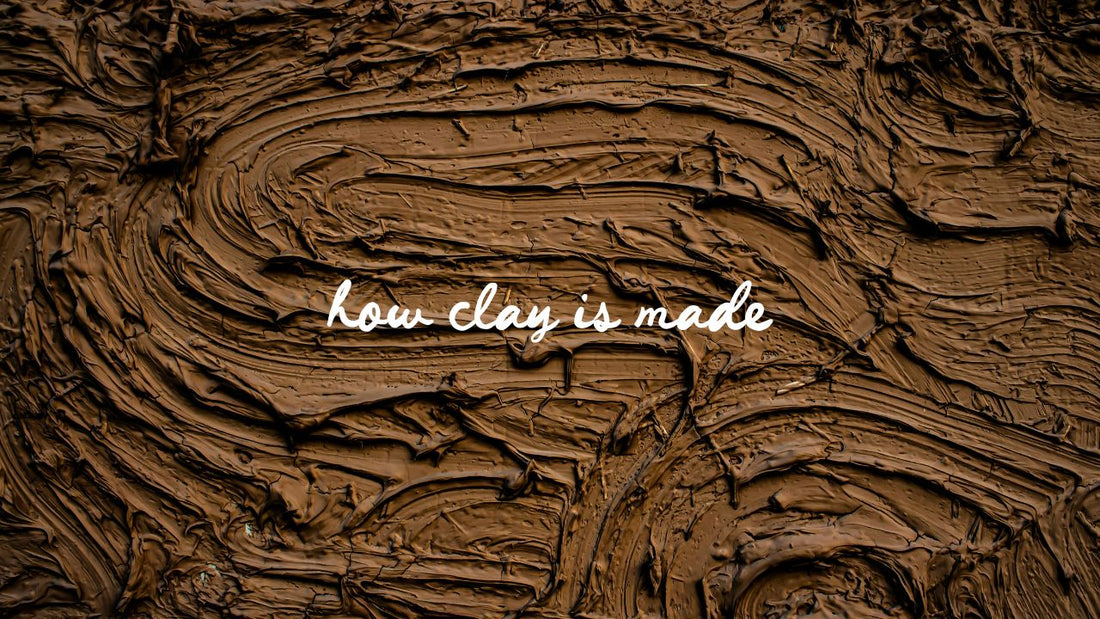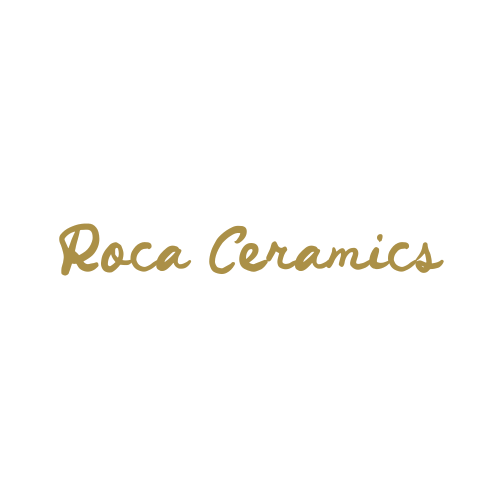
How Clay is Made: From Earth's Crust to the Potter’s Wheel
Share
Clay is one of the best and most versatile materials we've used for thousands of years. From your grandmother's fine chine to modern day ceramics. But how is clay made? The process begins deep within the earth..

The Geological Formation of Clay
Clay originates from the gradual breakdown of rocks, specifically, feldspar, through a process of weathering. This can happen in different ways:
- Mechanical Weathering: Physical forces like temperature changes, wind, and water gradually break down rocks into smaller particles.
- Chemical Weathering: Rainwater, which contains dissolved carbon dioxide, forms a weak acid that reacts with minerals in the rocks, altering their composition over time.
As these occur, tiny mineral particles are released and transported by water and wind. Isn't that wild? Over several years they settle in lakes, oceans, rivers and accumulate in layers. Their deposits eventually form different types of clay, varying in texture, color, and composition depending on which minerals are present.
Types of Clay
Not all clay is the same; its properties depend on where and how it forms. The three primary types of natural clay are:
- Kaolin (China Clay): A pure, white clay composed mainly of kaolinite. It is used in fine porcelain and cosmetics.
- Ball Clay: A highly plastic clay that is darker in color due to organic impurities. It is often used in pottery and ceramics for its excellent workability.
- Stoneware and Fire Clay (My personal favorite): These types have higher mineral content, making them more durable and suitable for pottery that needs to withstand high temperatures.
- Earthenware Clay (also my favorite): A porous, iron-rich clay that fires at lower temperatures and is often used for terracotta pottery.

The Human Process: Refining and Preparing Clay
Once clay is mined from natural deposits, it undergoes several refining steps before it is ready for use. These steps include:
- Extraction: Large-scale mining operations or smaller, local digging processes retrieve clay from the earth.
- Screening and Purification: The raw clay is processed to remove debris like stones and organic material. It may also be mixed with other minerals to enhance its properties.
- Drying and Aging: Some clay types are dried and aged to improve plasticity and workability for sculpting and molding.
- Mixing and Wedging: Potters and ceramicists knead the clay to remove air bubbles and create a uniform consistency before shaping it into functional or decorative pieces.
In Conclusion
How clay is formed is a fascinating natural process that spans several years involving the breakdown of rocks and slow accumulation of minerals. Once it's extracted the clay undergoes refinement and preparation before it becomes the pliable material we use and love in pottery. I hope this was helpful to anyone starting their pottery journey or simply wanting to learn something new.
